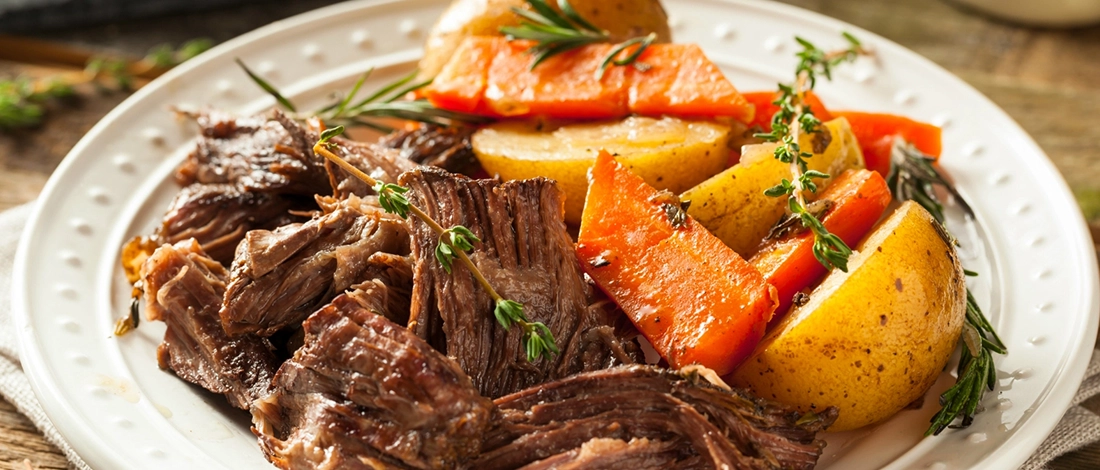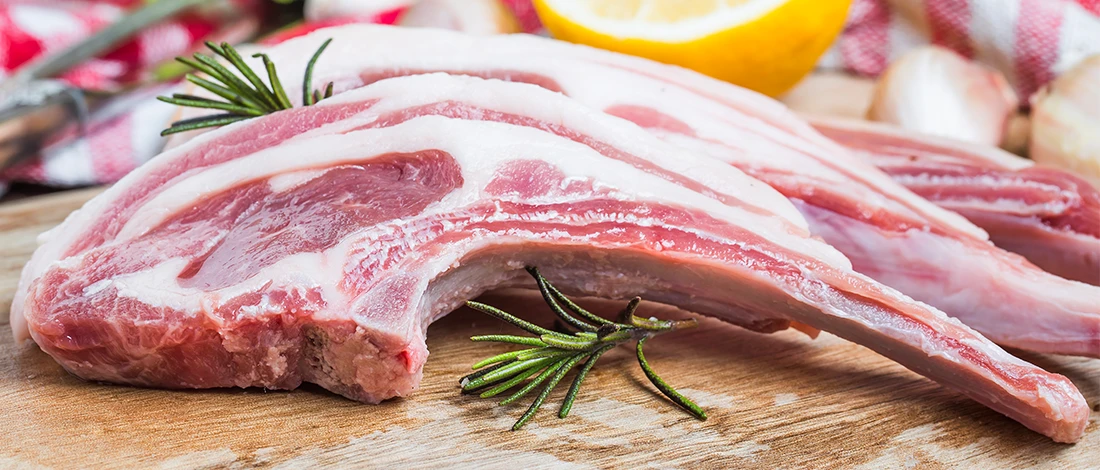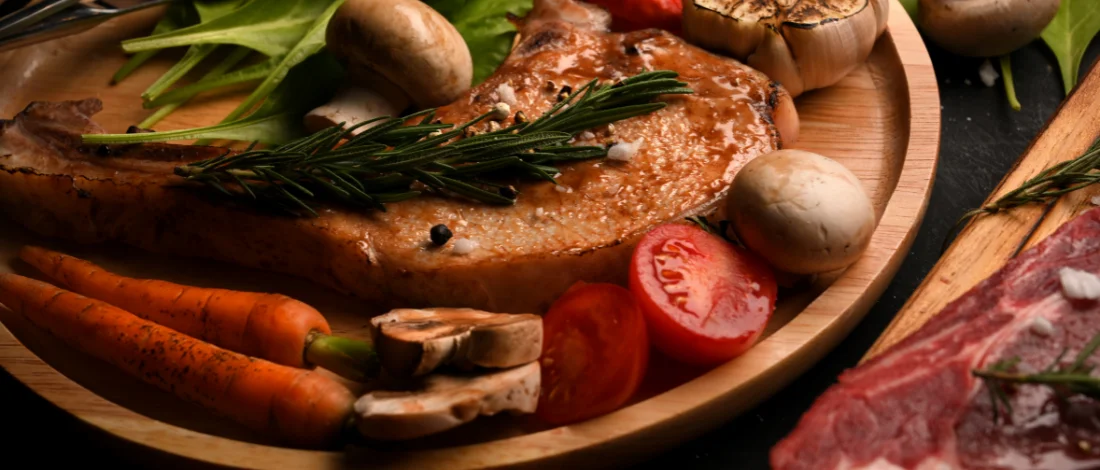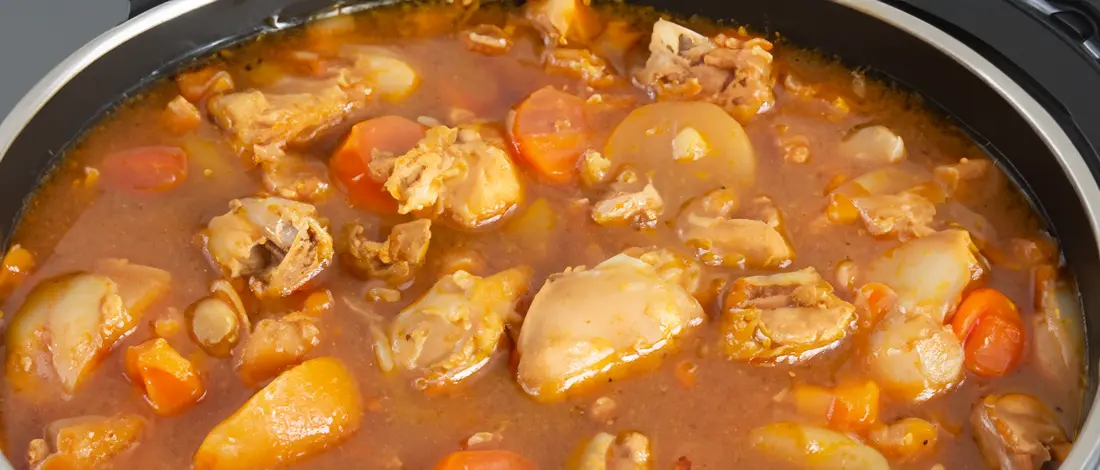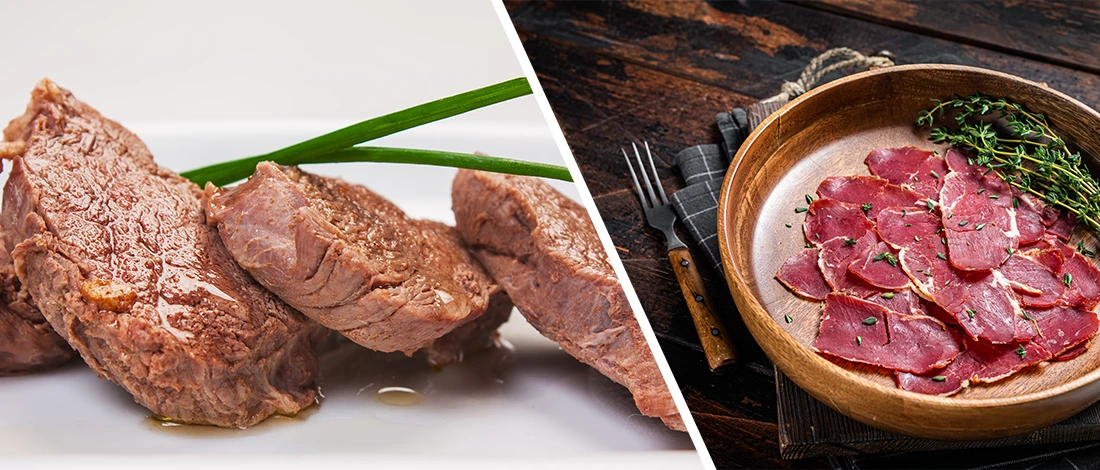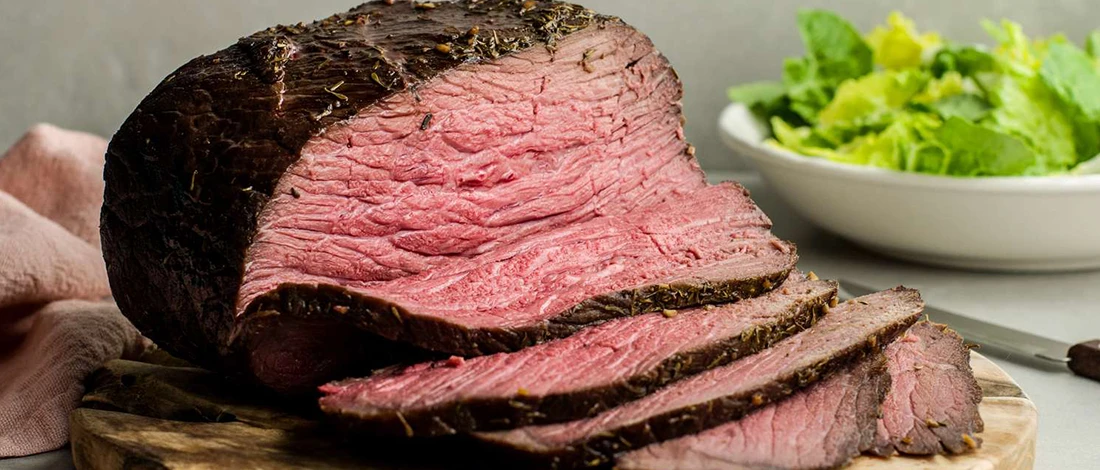When it comes to comfort food, few dishes compare to classic pot roast. The key to great pot roast is choosing the proper cut of beef - one that's tough enough to stand up to hours of cooking but transforms into tender, flavorful meat.
Quick Summary
- The top cuts of beef for pot roast are chuck roast, bottom round roast, and rump roast.
- These three cuts are all fairly tough, which is what you want in a pot roast.
- Long, slow, low-temperature cooking will break down the chewy muscle fibers, making them tender and delicious.
What is Pot Roast?
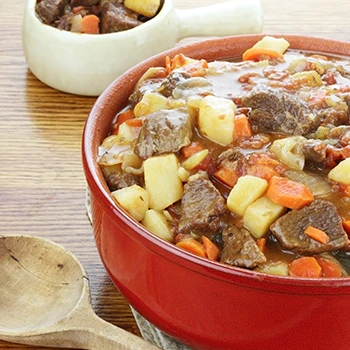
Pot roast is a braised beef dish made by cooking beef with root vegetables like potatoes, carrots, and onions. The meat is typically browned in a large skillet first to create richer flavor, then slow-cooked in a Dutch oven, slow cooker, or Instant Pot.
This slow-cooking method allows ingredient flavors to meld together, resulting in tender, fall-apart meat that's traditionally served with mashed potatoes.
Tough Meat for the Best Pot Roast
It may seem contradictory, but to end up with tender pot roast, you must start with tough cuts of meat. The long cooking process breaks down tough fibers in the beef, resulting in flavorful, tender meat.
“When you need a comforting and delicious meal, pot roast is a Southern classic that's always a good idea.”
- Southern Living
The best pot roast beef comes from areas with lots of connective tissue. The collagen in these tougher cuts breaks down during cooking, making the meat more tender. The muscles that work hardest - and are thus toughest - are in the shoulder, chest, and hips, as these areas support the most weight and movement.
Also Read: Brazilian Beef Cuts
Best Cuts for Pot Roast
Now that you know about the basics of pot roast and what kind of beef you should look for, here are some specific cuts that make excellent pot roast.
1. Chuck Roast
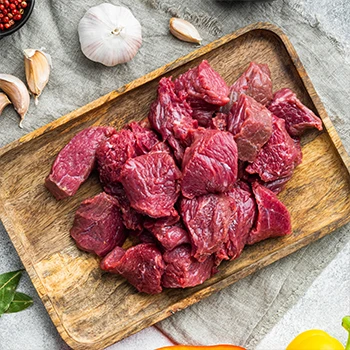
Chuck roast is one of the most popular cuts of beef for pot roast. It comes from the shoulder area of the cow and is well-marbled, with streaks of fat running through it [1].
Chuck roast can be quite tough, so slow preparation is essential to give collagen time to break down. It has a deep, beefy flavor, making it ideal for pot roast.
Alternative Names: Beef chuck arm, chuck shoulder pot roast, shoulder steak, boneless chuck roast, chuck eye, blade roast, arm roast, cross-rib roast, or chuck seven-bone pot roast.
2. Brisket
Brisket comes from the cow's lower chest area and is a large, tough cut with extensive connective tissue that helps keep it moist. While often used for barbecue, it also makes excellent pot roast.
Brisket is often smoked or used in barbecue, but it also makes a great pot roast.
The key to tender brisket is long cooking time - the same principle that makes smoking this meat so popular. Low, slow cooking transforms tough brisket into tender, flavorful meat.
Brisket is perfect for feeding crowds and is relatively inexpensive, making it budget-friendly. It's also known as beef brisket point half, flat half brisket, point cut, or flat-cut brisket. The flat half is leaner, while the point is fattier.
Read More: Beef Brisket Substitute
3. Round
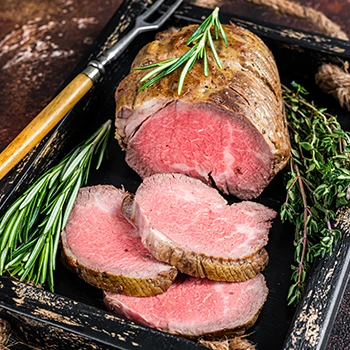
Round cuts come from the back of the cow, including the rump, hindquarter, and rear leg area. These muscles work hard throughout the animal's day, creating lean cuts with less fat than other options.
However, all that lean muscle creates significant flavor. Because round cuts have less fat, you may need to add extra liquid - beef broth, wine, or water - to keep the meat moist during cooking.
Popular Round Cuts: Top round roast, bottom round roast, eye of round roast, and round rump roast.
Related Articles:
The Best Way to Make Pot Roast

One of my favorite pot roast recipes, this is my favorite way to prepare a delicious pot roast:
Ingredients
- 3 to 5 lb of meat. Use boneless chuck roast, chuck shoulder pot roast, chuck roast, seven bone pot roast, shoulder steak, beef chuck arm, bottom round roast, or brisket for best results
- 2 tsp salt
- 1 tsp freshly ground black pepper
- 2 tbsp vegetable or olive oil
- 6 cloves minced garlic
- 1 tsp fresh thyme
- 1 to 2 cups of red wine
- 2 cups beef stock
- 1/4 cup Worcestershire sauce
- 2 large white onions cut into 2-inch chunks
- 1 lb baby carrots
- 1 lb red potatoes cut into bite-sized chunks
- 1 sprig of fresh rosemary
Directions

- Preheat oven to 350°F
- Season all sides of beef with salt and pepper
- Heat oil in large, oven-safe Dutch oven over high heat
- Sear meat 3-4 minutes per side until brown, then remove
- Sauté garlic for 1 minute
- Deglaze with wine and beef stock, return beef to pot
- Add Worcestershire sauce over beef
- Arrange vegetables around meat, top with herbs
- Cover and slow cook in oven until meat reaches 202°F and shreds easily (3-5 hours depending on roast weight)
- Season with salt and pepper, serve with mashed potatoes
You can also use a crock pot, instant pot, or slow cooker to make pot roasts.
FAQs
What Is the Best Cut of Meat for Slow Cooking?
The best cut of meat for slow cooking is one that has a good amount of fat and marbling, as this will help to keep the meat moist. Chuck shoulder, brisket, and round roast are all excellent choices.
What Is the Most Tender Beef Roast?
The most tender beef roast is one that has been cooked slowly and has had time to break down the muscle fibers and connective tissue. The tissue becomes gelatinized, which makes the meat more tender.
Why Is My Pot Roast Tough?
If your pot roast is tough, it probably wasn't cooked long enough. Slow-cooked meat is key to maximum tenderness, so ensure you give the meat enough time to cook before shredding or slicing it into long strands. Do not start with a tender cut of beef, or it will not shred properly.
References:
- https://www.mccormick.com/stubbs/articles/cuts-of-cow-101


